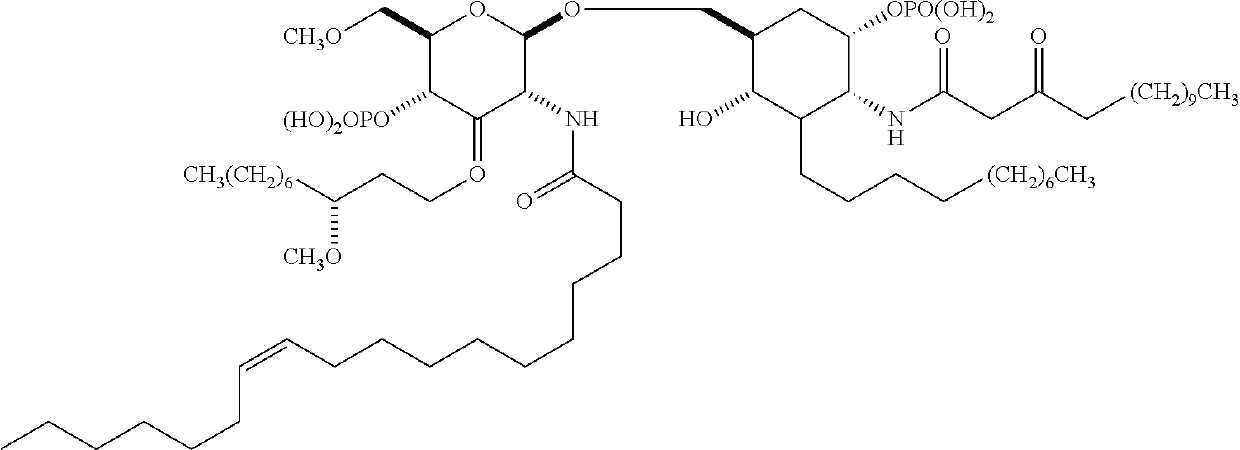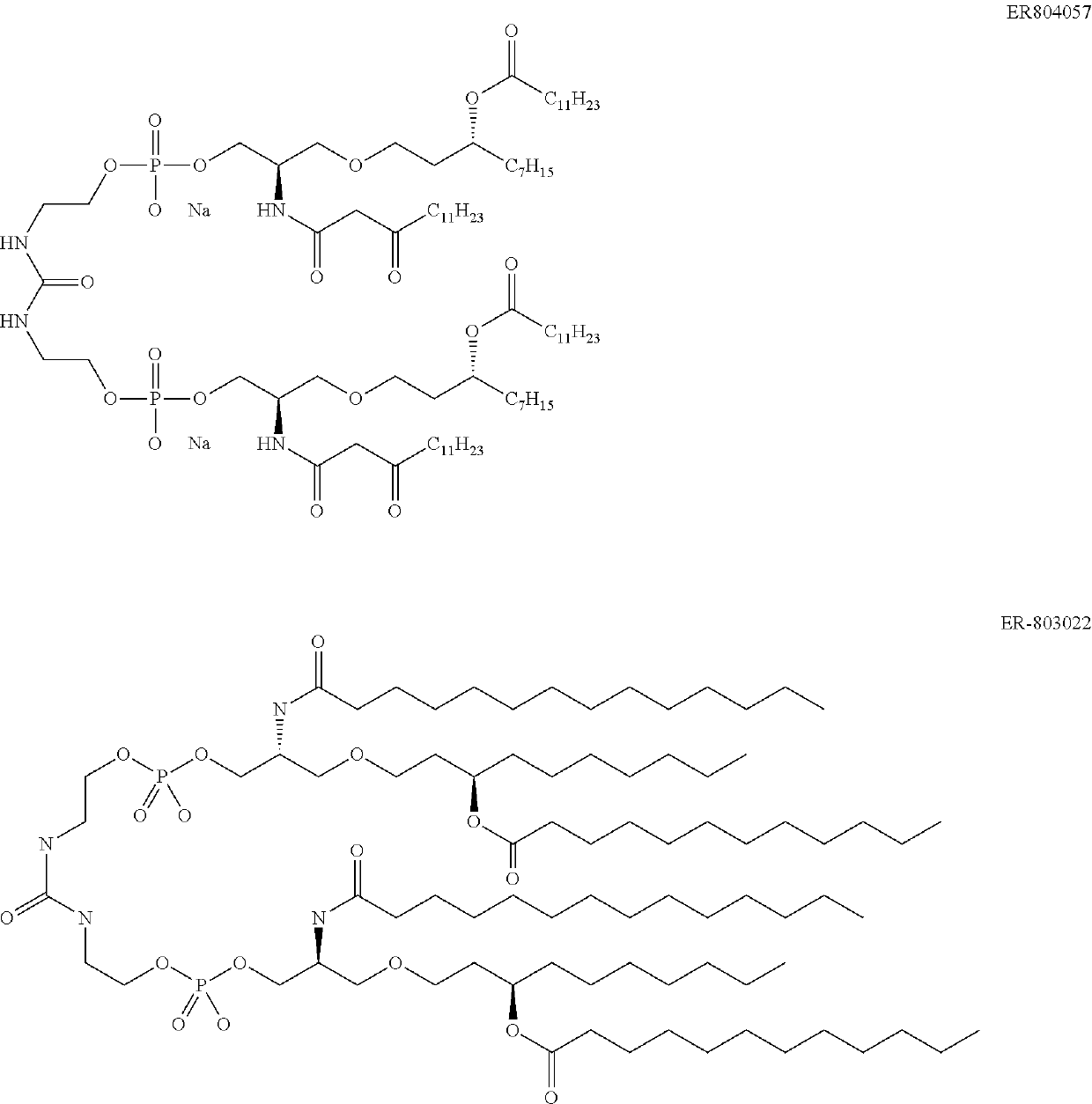Emulsions with free aqueous-phase surfactant for adjuvanting split influenza vaccines
a technology of surfactant and emulsion, which is applied in the field of vaccines for protecting against influenza virus infection, can solve the problems of disrupting unsplit virions and/or virion aggregates that might otherwise be present, and achieve the effect of facilitating matters and reducing the number of plasmids
- Summary
- Abstract
- Description
- Claims
- Application Information
AI Technical Summary
Benefits of technology
Problems solved by technology
Method used
Image
Examples
Embodiment Construction
[0198]A preferred composition comprises (i) an oil-in-water emulsion including squalene and polysorbate 80, and (ii) a split influenza virus antigen.
[0199]A preferred kit comprises (i) a first kit component comprising a split influenza virus antigen, and (ii) a second kit component comprising an oil-in-water emulsion that includes squalene and polysorbate 80.
[0200]A preferred process comprises the steps of combining: (i) a split influenza virus antigen; and (ii) an oil-in-water emulsion, wherein the emulsion includes squalene and polysorbate 80.
[0201]Before the process is performed, the concentrations of antigen and emulsion are higher than desired for the final product, because the combination of the separate components causes dilution. If substantially equal volumes of the two components are mixed, for instance, then the pre-mixing concentrations will be double the desired final concentrations.
[0202]The split influenza virus antigen and the emulsion will thus be prepared separatel...
PUM
| Property | Measurement | Unit |
|---|---|---|
| volume | aaaaa | aaaaa |
| diameter | aaaaa | aaaaa |
| size | aaaaa | aaaaa |
Abstract
Description
Claims
Application Information
 Login to View More
Login to View More - R&D
- Intellectual Property
- Life Sciences
- Materials
- Tech Scout
- Unparalleled Data Quality
- Higher Quality Content
- 60% Fewer Hallucinations
Browse by: Latest US Patents, China's latest patents, Technical Efficacy Thesaurus, Application Domain, Technology Topic, Popular Technical Reports.
© 2025 PatSnap. All rights reserved.Legal|Privacy policy|Modern Slavery Act Transparency Statement|Sitemap|About US| Contact US: help@patsnap.com



